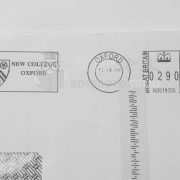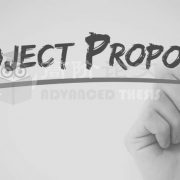新西兰论文不会写怎么办:博物馆
新西兰论文不会写怎么办:博物馆
还有奇怪的参与者享受收藏,有忠诚的爱好者,他们非常了解集合也想了解更多。挑剔的无党派人士是那些知识渊博,想进一步发展他们的观点(邓普顿,2011)。鉴于这各种各样的游客社区博物馆,难怪博物馆被迫发展主题画廊以满足不同群体的需求和利益。博物馆像雇佣相关工作的技术集合,将相关工作时间,位置,或技术。有时他们被放置对比工作,或可以有乐谱演奏提出了基于时间这一门艺术(邓普顿,2011)。然而,当考虑到不同领域的观众博物馆越来越关注更多的交互技术。
像史密森尼博物馆,除了通常的画廊还预订为十字广场社区展览。这里,美国传统显示以及少数民族的展品进行。鼓励当地艺术家展示他们的工作和员工在史密森学会与策展人提供集成的主要故事情节观众的不同群体的利益(史密森学会,2001)。格拉斯哥博物馆也有所谓的开放博物馆项目是完全致力于与当地社区合作。这是在1990年的最近几年,博物馆包括社区参与项目的其他一些连接博物馆建筑(Munro,2014)。
新西兰论文不会写怎么办:博物馆
Then there are curious participants who enjoy the collection, there are committed enthusiasts who are quite knowledgeable about the collections are also want to learn more. The discerning independents are those that are knowledgeable and want to develop their views further (Templeton, 2011). Given this diverse range of visitor community for a museum, it is no wonder that museums are forced to develop theme galleries to meet the needs and interests of separate groups. Museums like to employ the techniques of related works when presenting collection where works will be related by time, or location, or technique. Sometimes they are placed as contrasting works, or there can be musical scores played based on the time for which an art is presented (Templeton, 2011). However, when considering diverse segments of audience museums are increasingly focusing on much more interactive techniques.
Museums like the Smithsonian, in addition to their usual galleries also make reservation for galleria for cross community exhibitions. Here, American heritage shows are conducted along with exhibits from ethnic communities. Local artists are encouraged to present their work and the staffs at the Smithsonian work with the curators to present integrated story lines for reaching out to the interests of the diverse segments of audience (Smithsonian Institution, 2001). The Glasgow museum also has what is called the Open Museum project that is completely dedicated to working with the local community. While this was the case in the 1990’s in more recent years, the museum includes community engagement projects in some of the other connected museum buildings (Munro, 2014).








